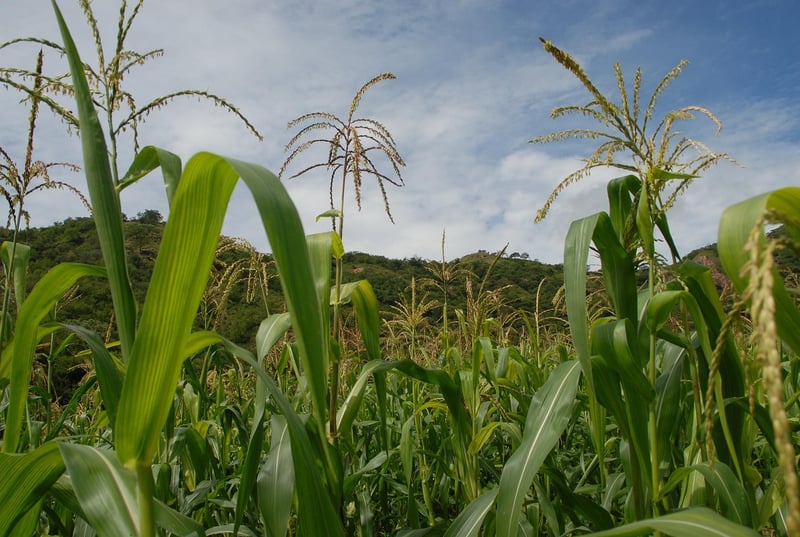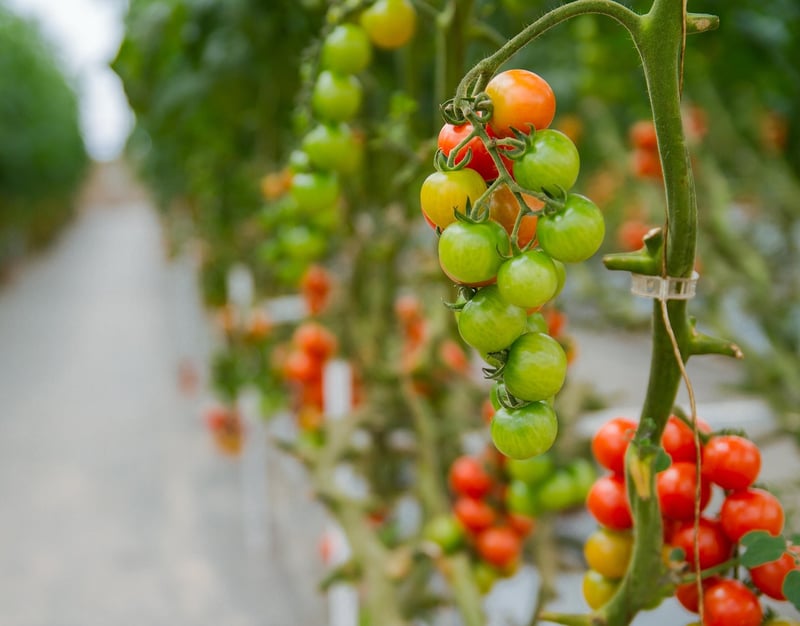Hydroponic Systems
Innovative Ways to Grow Crops Using Hydroponic Systems
Traditional farming methods have long been the cornerstone of agriculture, but as the world's population grows and resources become scarcer, innovative solutions are needed to sustainably feed the planet. One such solution is hydroponic farming, a method that allows crops to be grown without soil by using nutrient-rich water. Let's explore how hydroponic systems are revolutionizing agriculture and providing a more efficient way to grow crops.
Benefits of Hydroponic Farming
Hydroponic farming offers several advantages over traditional soil-based agriculture:
- Water Efficiency: Hydroponic systems use up to 90% less water than conventional farming methods.
- Space Saving: Crops can be grown vertically in hydroponic systems, maximizing space utilization.
- Year-Round Growth: With controlled environments, crops can be grown year-round regardless of weather conditions.
- Higher Yields: Plants grown hydroponically often yield more produce in a shorter time span.
- Reduced Pesticide Use: The closed-loop system of hydroponics reduces the need for pesticides.
Types of Hydroponic Systems
There are several types of hydroponic systems, each with its own unique characteristics:
- Deep Water Culture (DWC): Plants are suspended in nutrient-rich water with oxygenating air stones.
- Nutrient Film Technique (NFT): Nutrient solution flows through a shallow channel, bathing the roots.
- Vertical Farming: Crops are stacked vertically in a controlled environment, maximizing space.
- Aeroponics: Roots are misted with a nutrient solution, promoting efficient nutrient absorption.
Getting Started with Hydroponics
If you're interested in starting your own hydroponic garden, here are a few steps to get you started:
- Choose a suitable location with access to water and electricity.
- Select the type of hydroponic system that best fits your needs and space constraints.
- Acquire the necessary supplies such as a reservoir, growing medium, nutrient solution, and pH testing kit.
- Set up the system following manufacturer instructions and plant your desired crops.
- Maintain proper nutrient levels, pH balance, and lighting to ensure healthy plant growth.
Embracing hydroponic farming can not only help address food security challenges but also promote sustainable agriculture practices for the future. By harnessing technology and innovation, we can create a more efficient and eco-friendly way to grow crops and feed the world.

Explore the endless possibilities of hydroponic farming and contribute to a greener, more sustainable future!
